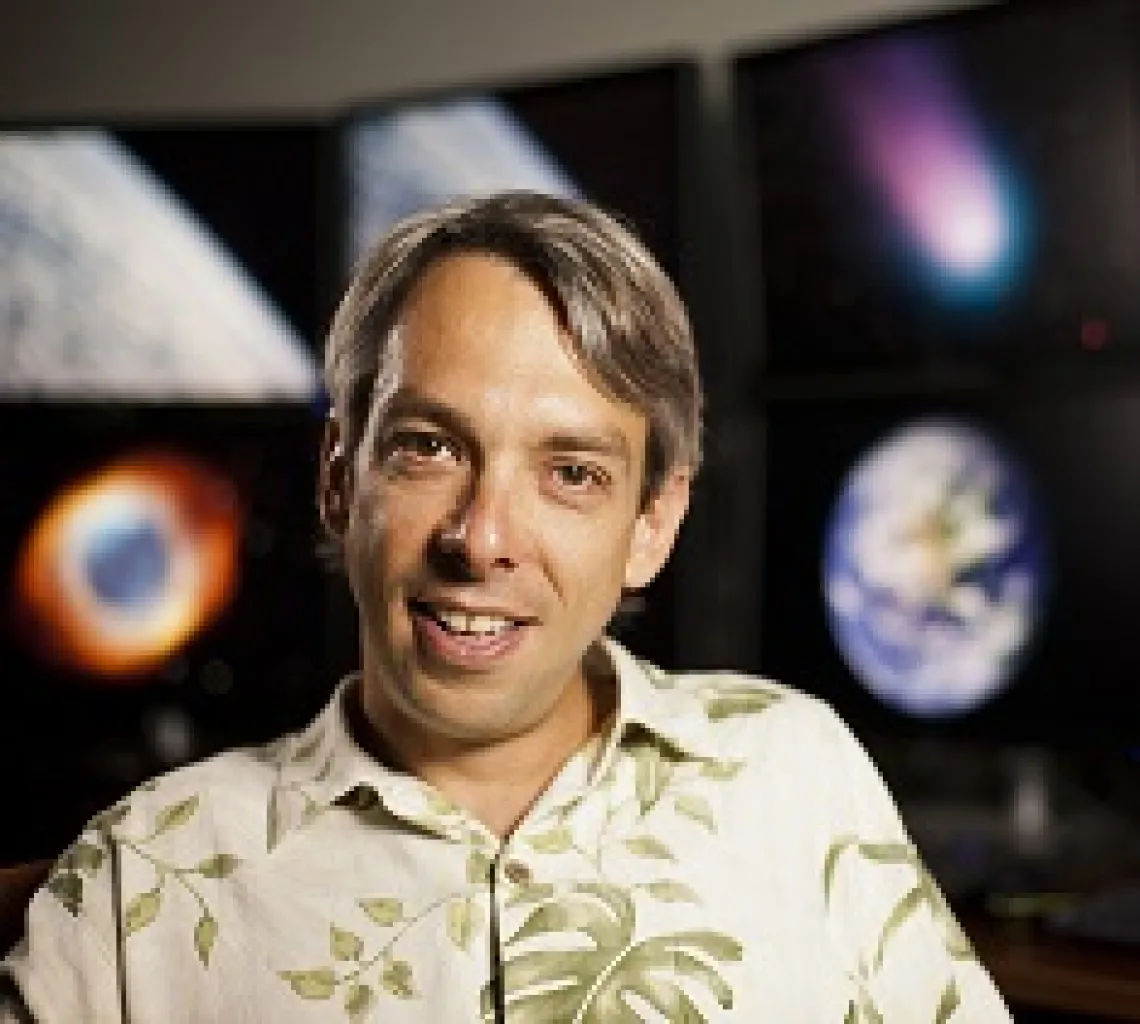Catching up with MacArthur Fellow, Dr. Olivier Guyon

By David Bradshaw, Gradaute Center Program Coordinator February 20, 2015
The Graduate Center caught up with UA faculty member Dr. Olivier Guyon, MacArthur Fellow Class of 2012, to find out a little more about his upcoming talk on February 26, 2015, at 5:30pm in the UA Chavez Building, Room 111 as part of the MacArthur Fellows Speaker Series. Dr. Guyon is a leading scientist in the fields of astronomy and optical sciences.
Here’s what he had to say:
Graduate Center: What are some of the main topics you will address in your talk?
Guyon: I will show how new technologies are now enabling us to look for and study habitable planets. For the first time in our history, we can now search for other worlds and look for life outside our solar system. This is an incredibly exciting adventure, with rapid progress.
Graduate Center: How did the MacArthur Fellowship influence your career?
Guyon: The MacArthur Fellowship came at an ideal time in my career, as I was starting a project to engage citizen scientists, schools and amateur astronomers in the search for exoplanets. Using relatively inexpensive digital cameras is a surprisingly efficient way to monitor millions of stars to look for transit events (when the planet passes in front of its host star), and our project is aimed at helping people build small robotic camera units to do this. The MacArthur fellowship gave me the resources and visibility to advance this project.
Graduate Center: Can you tell us a little about the “Big questions” in astronomy and optical science, and how your current research might relate to them?
Guyon: Are we alone?
The tools to answer this questions come from several disciplines:
Astronomy (how do stars and planets form? How frequent are Earth-like planets?), optics (how to build optical systems that can suppress the blinding halo of starlight so that we can observe small planets millions to billions times fainter?) and biology (how does life get started?).
My main contribution has been to develop coronagraphs, which are optical techniques that suppress starlight while allowing us to observe the much fainter planets.
Graduate Center: Can you say something about the environment here at the UA and how it is conducive to address the “big” questions in your field?
Guyon: UA offers a very strong connection between optics and astronomy. This combined expertise is unique in the world and makes UA the ideal university to address the challenges associated with imaging exoplanets: building large telescopes, making precision optics, developing new optical techniques to suppress starlight. In addition, there is a strong astrobiology group working on understanding how planets (both in our solar system and beyond) form and evolve, and what it takes to create favorable conditions for the emergence of life.

